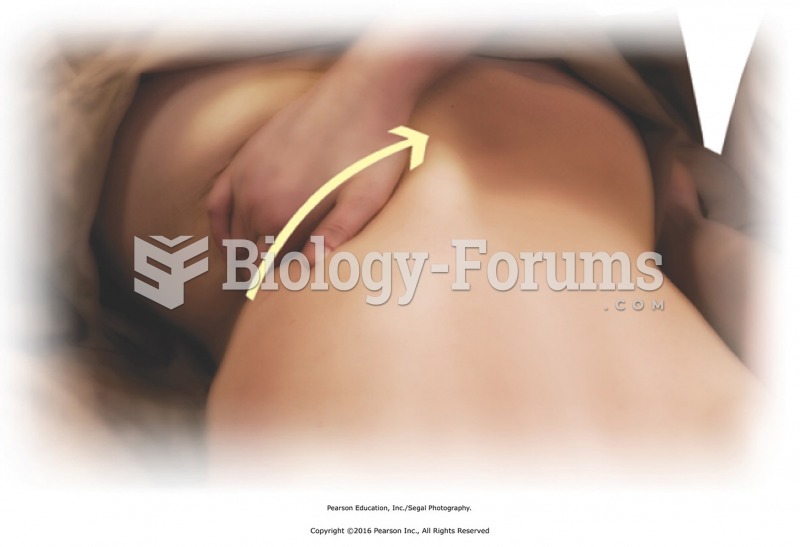This topic contains a solution. Click here to go to the answer
|
|
|
Did you know?
The immune system needs 9.5 hours of sleep in total darkness to recharge completely.
Did you know?
The people with the highest levels of LDL are Mexican American males and non-Hispanic black females.
Did you know?
In ancient Rome, many of the richer people in the population had lead-induced gout. The reason for this is unclear. Lead poisoning has also been linked to madness.
Did you know?
There are more bacteria in your mouth than there are people in the world.
Did you know?
A good example of polar molecules can be understood when trying to make a cake. If water and oil are required, they will not mix together. If you put them into a measuring cup, the oil will rise to the top while the water remains on the bottom.
 Sequential blending uses a computer to calculate the correct ratio as well as the prescribed order ...
Sequential blending uses a computer to calculate the correct ratio as well as the prescribed order ...
 Starting at the waist, apply circular two-handed petrissage over the entire right side. Keep hands ...
Starting at the waist, apply circular two-handed petrissage over the entire right side. Keep hands ...





